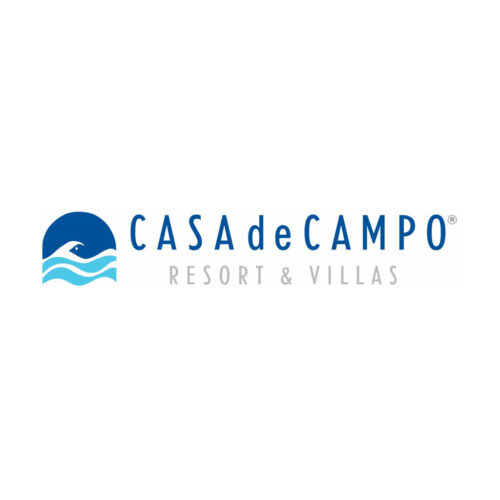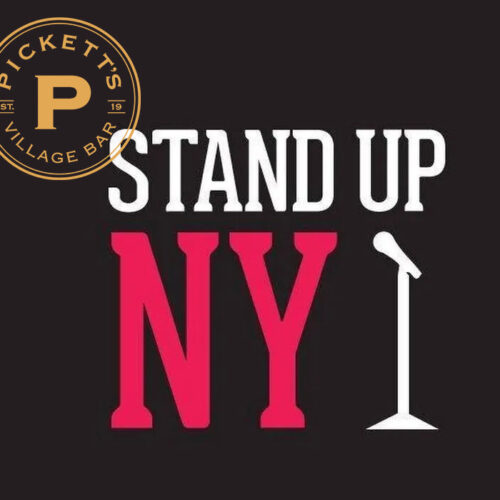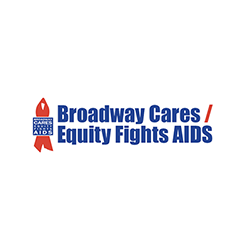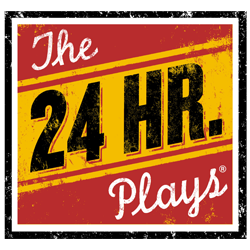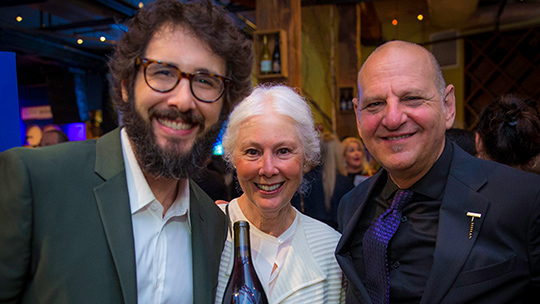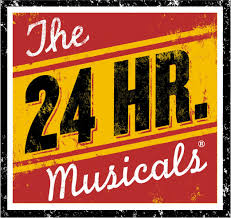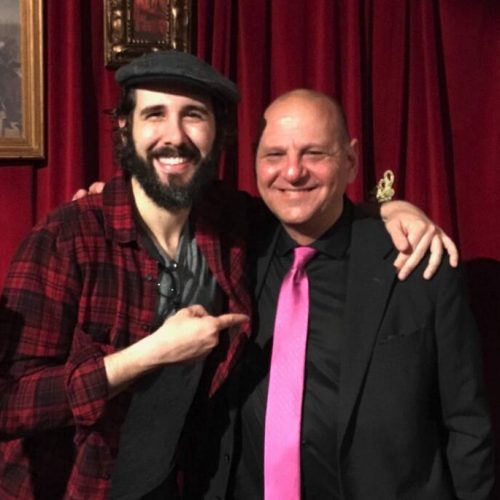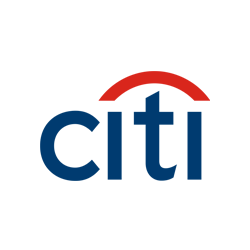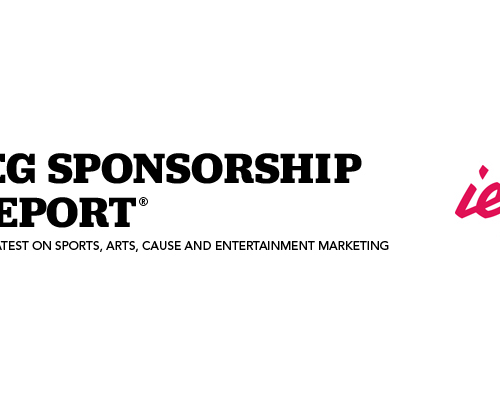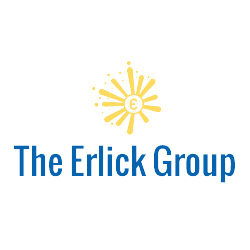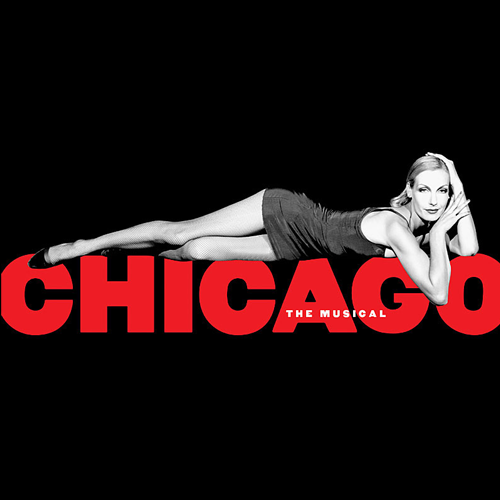Publication: IEG Sponsorship Report
Not too long ago, properties seeking representation for sponsorship sales had few options outside the giant sports marketing agencies. Those firms naturally were most interested in selling major sports properties that commanded six-, seven- and eight-figure sponsorship fees that even with a low 10 percent commission would yield significant income.
The relatively few occasions when smaller or nonsports properties convinced a mega-agency to take them on-the John F. Kennedy Center for the Performing Arts and ProServ or the National Tractor Pullers Assn. and IMG, for example-typically resulted in less than sterling results and a good deal of animosity. Properties complained they were given short shrift compared with clients deemed more lucrative or easier to sell, while agencies bemoaned what they saw as properties’ unrealistic expectations and lack of marketing savvy. To the relief of both sides, the past half-dozen years have seen the rise of a new breed of sponsorship broker willing to work with properties whose total sponsorship revenue might equal only one minor deal for a pro sports team or league.
This development is a natural outcome of the industry’s maturation, reflecting a number of factors, including an increase in sponsorship fees commanded by smaller properties, as well as a sufficient number of industry personnel with experience as sponsors or sellers who have sought to establish new businesses and careers as brokers for others.
However, the process of finding agency representation and setting terms that will lead to a mutually fruitful relationship still can be fraught with tension. Not every property is the diamond in the rough it believes it is, and not every agency is equipped to market the many types of opportunities available today.
So, assuming the property in question does not have an international reputation, the drawing power of a superstar personality or a network TV distribution deal, what does it take to forge a productive partnership with a sponsorship broker?
How Agencies Approach Choosing Clients
Certainly, properties have a say in which agencies they approach and in how they screen them-a process similar to the way companies choose sponsorship counsel, including issuing RFPs and soliciting references (IEG SR, May 27, 2002). But, the sheer number of sponsorship seekers versus agencies dictates that the brokers, particularly those with strong track records, have the ability to decide with whom they will work.
“We receive three to five new business requests per week,” said Judy Haber, senior partner at Performance Sponsorship Group. “That volume of interest allows us to be selective.” Determining whether a property is a good candidate rests primarily on its ability to generate profits for the agency. However, how that revenue is derived also is a consideration, as are some non-monetary issues.
For example, many agencies said they would decline a prospective client they felt could not generate interest from sponsors, even if the property was prepared to pay a fee that ensured a profit for the agency. “It can’t be just about guaranteed money, as tempting as that is,” said Kathy Emery, president of The Sponsor Placement Co. “To be successful in this business, you have to protect your credibility with sponsors and you’re not going to do that by bringing them properties you know they won’t want.”
Emery also said she has on rare occasions waived her company’s usual fee if the property represented an opportunity to break into a different area of sponsorship or new geographic market.
While the first “business extrapolation” for Wakeham and Assoc. Marketing, Inc. is revenue potential, said vice president Marilyn Michener, the agency’s other main considerations are whether the property is “high profile, which could lead to media coverage for us, or whether it has connections and networking opportunities through board members or other stakeholders that could lead to bigger fish down the road.”
The tipping point in most cases, though, still will be a property’s sponsorship value, especially since “it is just as labor intensive to do all the prospecting and prepare the materials to sell a $50,000 deal as it is a $500,000 one,” Michener said.
That issue of valuation often sets the parties at odds.
“It’s a fact of life in this business that every property has an inflated sense of worth,” said Jim Erlick, president of The Erlick Group. “We would be doing them and ourselves a great disservice if we were not brutally honest about their value,” he said. “Better to realize it up front than find out through the harsh reality of the marketplace.”
Most properties have a sense of what they want, not what they are worth, Haber said. “The best thing they can do before starting down the sales path is to find some independent counsel on their current value. Most are too quick to run. All they know is they need or want $200,000 and, even if they can get that, they don’t understand that it could cost them more money to generate it when servicing costs and staff time are counted in.”
What Makes A Property Worth Representing?
Most agencies say it is impossible to set a predetermined amount of potential sponsorship revenue as the magic number above which properties qualify for representation.
However, one of the smaller agencies contacted by IEG SR did provide figures that likely provide the minimum standard. For this agency, which asked not to be quoted directly, to cover its expenses and make a small profit, a property would have to generate total commissionable sponsorship revenue of at least $100,000.
While other agencies may not use a specific number, they all have devised ways of assessing a property’s potential.
“We look at all the assets behind a property such as audience size and makeup, media support and how we can monetize those assets,” said Erlick, whose agency specializes in entertainment, particularly theater and film properties. “Our appraisal process basically consists of five steps. If the property has a sponsorship history, we look at that. We also look at how it has been received by the public and whether it has garnered critical acclaim.
“Especially important is the reputation of the management; it may be a great show and commercially viable, but the people behind it may not be the type we or potential sponsors want to associate with. We look at how unique the property is: Is it something new that fits with emerging social trends that we can grab on the ascent? And finally, we look for things that are extendable or renewable.”
In addition to evaluating what assets a property controls, Haber, who has sold naming rights to a number of non-sports venues, looks at a property’s influence in the community as a barometer of how well it can marshal non-owned assets that can be built into a sponsorship package. “If a property does not have enough marketable components of its own-and many don’t-we look for what else can be bundled in, who else is prepared to work with them that can bring something to the table. Perhaps it’s a media partner or the museum down the street.”
WAM’s president Hugh Wakeham said his agency has a marketing programs department that concentrates on forging promotional partnerships with media, fast-food and other companies for properties that “don’t have enough of their own marketing power” to attract sponsors.
For Tom Kempton, president & CEO of The Kempton Group, a property’s understanding of sponsorship deliverables is just as important as its marketable assets. “I don’t want to bring anyone to a sponsor that doesn’t grasp the concept of servicing. So, a large part of my screening is asking questions about the property’s expectations in that area and gauging their answers. If they don’t realize that it’s about more than just responding when the sponsor calls, that’s a red flag.”
WAM has similar qualifiers for its festival and arts properties. “If you’re not going to get over your donations mentality and be able to help a sponsor execute its program, than we won’t be going forward with you,” Wakeham said. Another key signifier at nonprofit cultural organizations: whether marketing and sponsorship are integrated. “Often sponsorship is a function of the development department, which is separate from marketing,” Wakeham said. We don’t want to be in the position where the marketing department isn’t on board with the sponsorship program and is refusing access to tickets and other benefits.”
WAM also tries to surmise up front how inclusive the property will be in working with the agency. “Are we going to be at arm’s length or part of the team?” Michener said. “We want to be part of critical meetings and kept informed of developments that will impact the sponsorship program.”
Structuring Compensation And Responsibilities
The standard payment structure between rightsholder and agency is a fee plus commission. While mega properties can secure commission-only deals, most smaller organizations cannot
“Some properties want to equate us with real estate agents,” said Wakeham. “I tell them that the difference is the real estate agent doesn’t have to renovate the house before showing it. We have to do a lot of work in terms of valuing and packaging before we even begin the selling process, and there are associated costs that have to be met. We’re willing to share some risk, but not take all of it.”
Fees do not generate profits for agencies, Emery and others said. “To make our nut, we have to close deals and earn our commission.”
Agencies also agree that paying a fee, in addition to being financially necessary, is an indicator of whether a property takes a business-like approach and will be a good partner for future sponsors. “It says that they are willing to make an investment in themselves, that they realize they have to spend money to make money,” Michener said, adding that such thinking translates into a willingness to offer sponsors top-shelf benefits and service.
Erlick does accept properties “on spec,” but makes it clear that retainer clients are his priority. “You get what you pay for, and if I’m only going to get paid on the back end, I can’t promise anything.”
Erlick’s commission-only clients are included in e-mail blasts he sends to prospective sponsors, while fee-paying properties receive full service, including customized sales materials, in-person meetings with prospects and targeted advertising.
The average commission rate is 20 percent, although it can go as low as 10 percent and as high as 35 percent. While some brokers charge a lower rate for renewing sponsors, others do not. “I used to have a 10 percent rate for renewals, but have started to charge 20 percent,” Emery said. “In most cases, it’s the same amount of work to resell because you’re dealing with a new contact and you have to develop creative ideas to keep the sponsorship fresh.”
If an agency renews with a sponsor originally signed by the property, it typically will earn its regular commission only on the amount of the increase. Rates for in-kind sponsorships often are a sticking point due to the difficulty of attaching cash values. However, agencies usually earn full commission only on items that are directly budget relieving.
“It’s a matter of determining what is important,” Erlick said. “For some properties, in-kind promotional and media support is just as important as cash, so we will work very hard to secure those.” Erlick’s firm has structured some deals to include a commission on trackable ticket sales resulting from the sponsorship.
Even if a property has created sponsorship packages and proposals, most agencies will suggest a relationship that focuses first on strategy and then on sales.
“In our first phase, we set the direction, value and packaging strategy,” Wakeham said, noting that separating this function from the sales process allows both parties an out, if necessary. “It’s a good test of how serious the property is in its approach. If we finish phase one and the property is skittish about delivering some of the benefits, either one of us may decide we should not go on to phase two.”
Kempton works in a similar fashion, preparing a detailed plan, for a fee, delivered in about three weeks. “Often we find that a property needs to be re-packaged based on our knowledge of what various categories of sponsors are looking for.”
While some agencies are comfortable bringing property representatives to sales calls, others are not, a detail that should be spelled out in the agreement between the parties. “We prefer to work autonomously and don’t want to take the property along,” Erlick said. “My ability to get in the door with sponsors is based on speaking honestly and objectively with them about meeting their needs. They are not going to meet with me if they think they are going to get a full-court-press sales pitch.”


